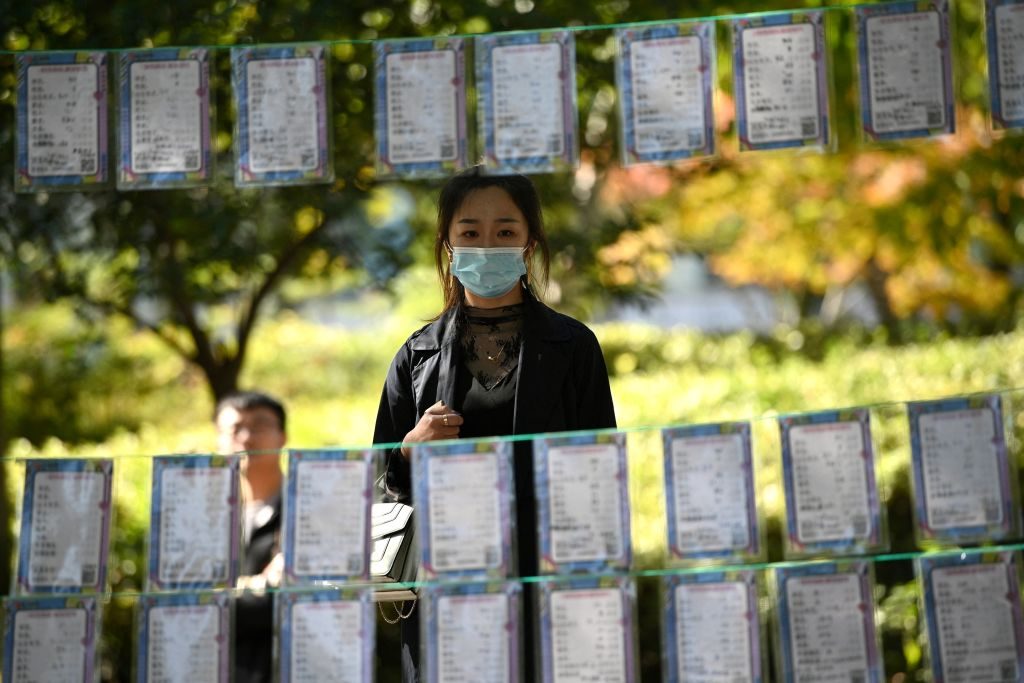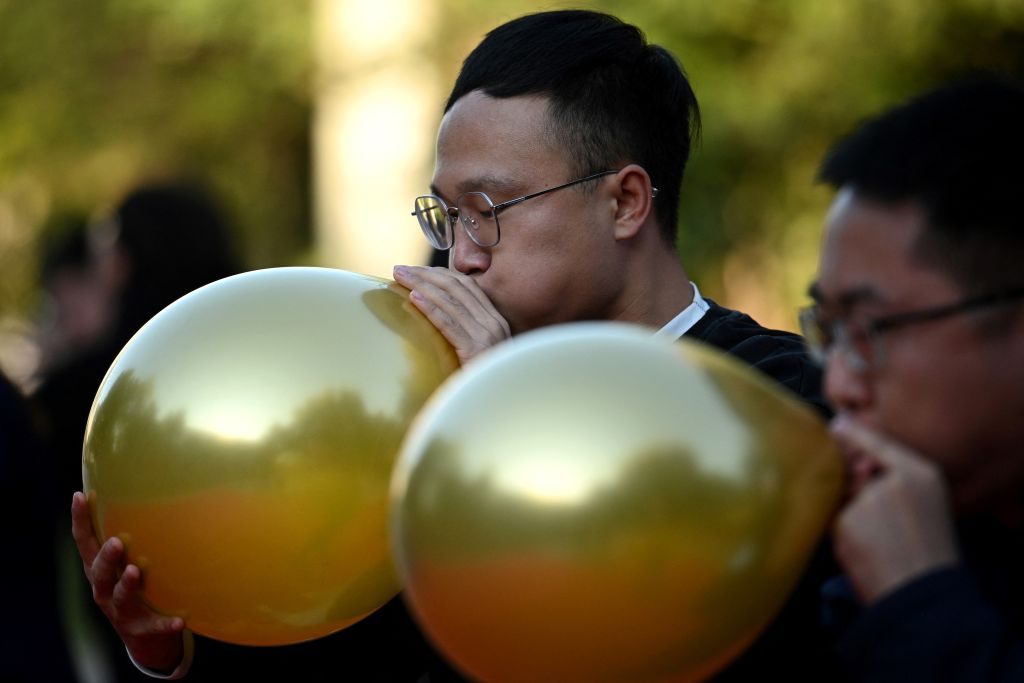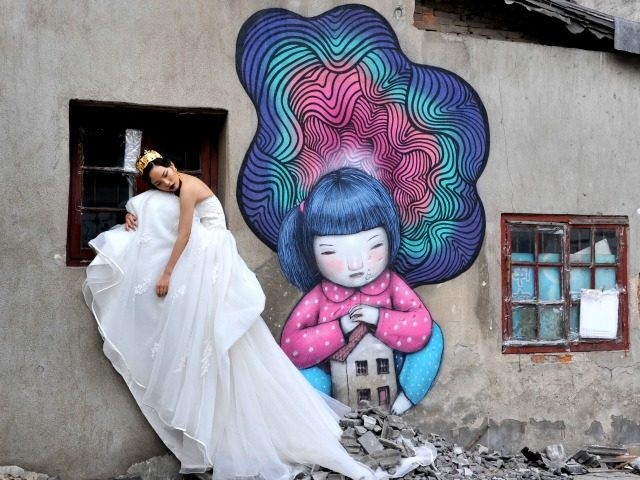The number of new marriages dropped year-on-year across two Chinese provinces in 2021, the South China Morning Post (SCMP) reported on Thursday.
“In the eastern coastal province of Jiangsu, the number of marriage registrations dropped for a fifth consecutive year in 2021, with a 5.16 per cent fall compared to the numbers seen in 2020,” the newspaper relayed, citing data from the Jiangsu Province Civil Affairs Department.
“In the city of Hefei in the eastern Anhui province, the number of couples getting married in 2021 dropped by 4,065, or 6.6 per cent compared to a year earlier,” the SCMP reported.
The number of new marriages in Hangzhou, the capital of China’s eastern Zhejiang province, increased slightly in 2021 compared to 2020. Despite Hangzhou’s rise in new marriage registrations, the city’s total figure of such unions in 2021 “was one of the lowest in a decade at more than 20 per cent down from 2011,” the SCMP observed Thursday.
The number of marriage registrations across China in the first three quarters of 2021 “dropped slightly from the first nine months of 2020, but it was crucially 17.5 per cent down from the same period in 2019,” according to the Hong Kong-based newspaper.

This photo taken on October 17, 2021 shows single people inspecting rows of personal profiles strung up between trees during a matchmaking event in Jinan in eastern China’s Shandong province. (NOEL CELIS/AFP via Getty Images)
The SCMP further noted on Thursday that people aged 30 and older accounted for 46.5 percent of all marriage registrations in China last year. The older age of new Chinese couples in 2021 spells trouble for China’s already dire birth rate, as women’s fertility rates begin to decrease by age 30.
“A woman’s peak reproductive years are between the late teens and late 20s. By age 30, fertility (the ability to get pregnant) starts to decline. This decline becomes more rapid once you reach your mid-30s. By 45, fertility has declined so much that getting pregnant naturally is unlikely for most women,” the American College of Obstetricians and Gynecologists writes on its website.
China recorded its lowest birth rate in modern history in 2021, prompting fears that the country’s population — currently the largest in the world at 1.4 billion — might be on the decline.
“The 2021 rate of 7.52 births per 1,000 people was the lowest since 1949, when the [Chinese] National Statistics Bureau began collating the data,” Reuters reported on January 17.
“The natural growth rate of China’s population, which excludes migration, was only 0.034% for 2021, the lowest since 1960,” the news agency reported, citing Chinese government data.

Single people participating in a matchmaking event in Jinan in eastern China’s Shandong province as concerns loom over the nation’s falling birth and marriage rates (NOEL CELIS/AFP via Getty Images)
Based on China’s record-low birth rate for 2021, demographers estimated China’s fertility rate for 2021 was “about 1.15, well below the replacement rate of 2.1 and one of the lowest in the world,” the academic journal Science observed on January 18.
The latest available data from China’s government showed the country had a fertility rate of 1.3 per woman in 2020. A fertility rate is the average number of children women may expect to have during their reproductive years.
The Chinese Communist Party is largely responsible for China’s current population woes, as it has imposed restrictions on the number of children each married couple in the country may have over the past four decades. The Party forced Chinese families to observe a strict “one-child policy” from about 1980 until 2015. Beijing launched the measure in an effort to curb China’s previously booming citizen pool but the policy ultimately backfired, causing modern China to suffer from a severely warped and shrinking population. The Chinese Communist Party expanded its child limit to two children per couple in 2016 and allowed families to have up to three children in 2021.

COMMENTS
Please let us know if you're having issues with commenting.